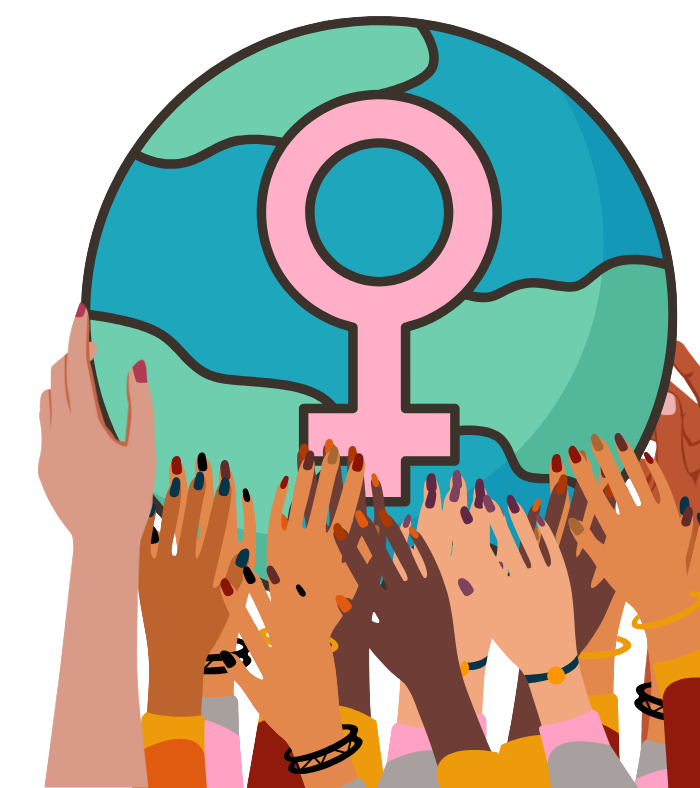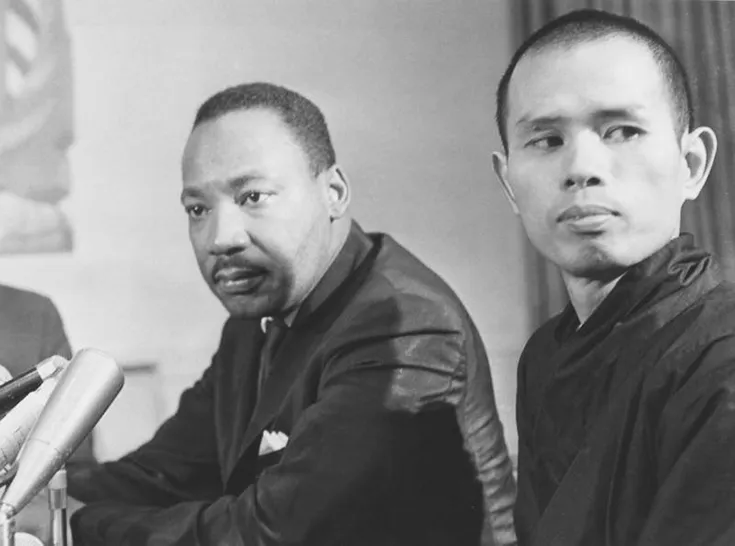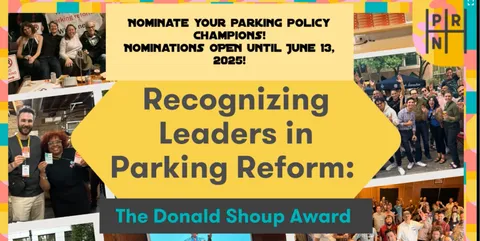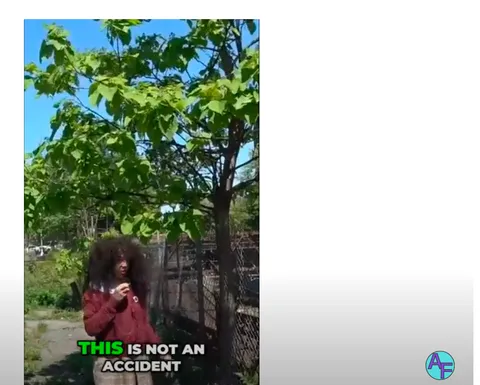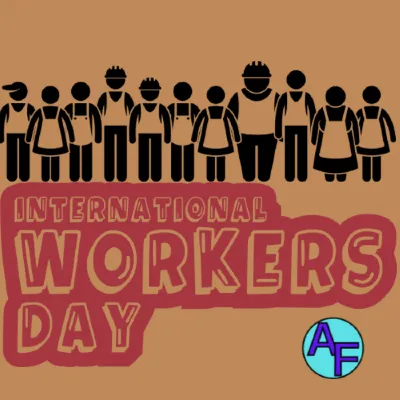Peace education is for everyone. Peace education broadly conceptualized is an integrative framework encompassing educational policy, curricular design, pedagogical strategies, and praxis, it equips learners across contexts with competencies to cultivate comprehensive peace (Reardon, 1988). This construct, as delineated by Galtung (1969), synthesizes “negative peace” (the absence of direct violence) and “positive peace” (the eradication of structural violence—systemic inequities that undermine fundamental human rights). Contemporary peace education scholarship intersects with human rights, development, environmental sustainability, disarmament, and conflict resolution pedagogies, reflecting its multidimensional aims (Harris & Morrison, 2013).
In my introductory economics courses at a college situated within a racially and economically stratified metropolitan New York area, I emphasize to students that communal solidarity constitutes their most vital resource. This pedagogical stance directly counters oppressive mechanisms that weaponize individualism and erode collective trust—conditions under which structural violence thrives. For marginalized and historically excluded communities, particularly working-class youth in hyper-segregated urban contexts, educational systems that inadvertently perpetuate suspicion toward kin and neighbors risk exacerbating cycles of disempowerment. Oppression, as Freire (1970) observes, sustains itself through fragmentation; when marginalized and historically groups internalize distrust, they forfeit the communal agency necessary for advocacy and survival.
Discourses on societal transformation frequently invoke the “new normal,” yet without critically dismantling entrenched norms, such shifts risk merely reestablishing existing hierarchies under altered temporalities—and currently we’re seeing how this WAS and IS the case. Reardon (1988) posits that peace education’s telos (aim) lies in fostering “responsible, committed, and caring citizens” who embody its values and possess agency to enact them. Central to this project is cultivating in youth—and sustaining in adults—the capacities to navigate conflict, communicate across differences, and prioritize cooperation.
Anti-bias education, as a continuous praxis, remains indispensable to dismantling systemic oppression. Biases function as ideological linchpins upholding racial capitalism’s classist and racist architectures, synergizing with market forces (e.g., Smith’s “invisible hand”) to normalize inequity (Kendi, 2019). While critical dialogues on racism, gender, and nationalism may initiate consciousness-raising, transformative preparedness demands more: a sustained commitment to reimagining liberty beyond individualist competition. Are educators equipping learners not merely to “sprint” toward freedom, but to collectively dismantle systemic hurdles? Are we prioritizing pedagogies of radical kindness, cooperation, and mutual trust—or unconsciously reproducing adversarial paradigms?
Several seminal works inform this perspective: Thích Nhất Hạnh’s The Miracle of Mindfulness (1975) underscores the role of patience—with oneself and others—in sustaining equitable engagement. Maria Montessori’s Educate for Peace (1949) advances a vision of peace education as foundational to global equity, while Loris Malaguzzi’s Reggio Emilia philosophy insists that justice for children, particularly through anti-misogynist and teacher-affirming practices, is inseparable from broader societal transformation (Edwards et al., 1998).
In an era of ubiquitous (dis)information, human interactions—digital and corporeal—remain critical sites for modeling cooperation. As Dewey (1916) argued, democratic habits are cultivated through practice; thus, conflict resolution and communication must be taught not as abstract concepts but as lived competencies across age groups. Liberation cannot emerge from insular identity performances or reactive opposition to oppression. Rather, as hooks (2003) emphasizes, it requires proactive belief in love and justice as existential imperatives, not contingent responses.
The project of peace education demands a dual focus: preparing societies to inhabit freedom while actively constructing it. This necessitates a collective praxis (practice) grounded in the conviction that progress is attainable—not merely in utopian terms, but as a reimagined sociopolitical reality. Another world, and indeed another United States, becomes plausible when education fosters the radical imagination and relational skills required to sustain it.
"True peace is not merely the absence of tension; it is the presence of justice."- Dr. Martin Luther King
